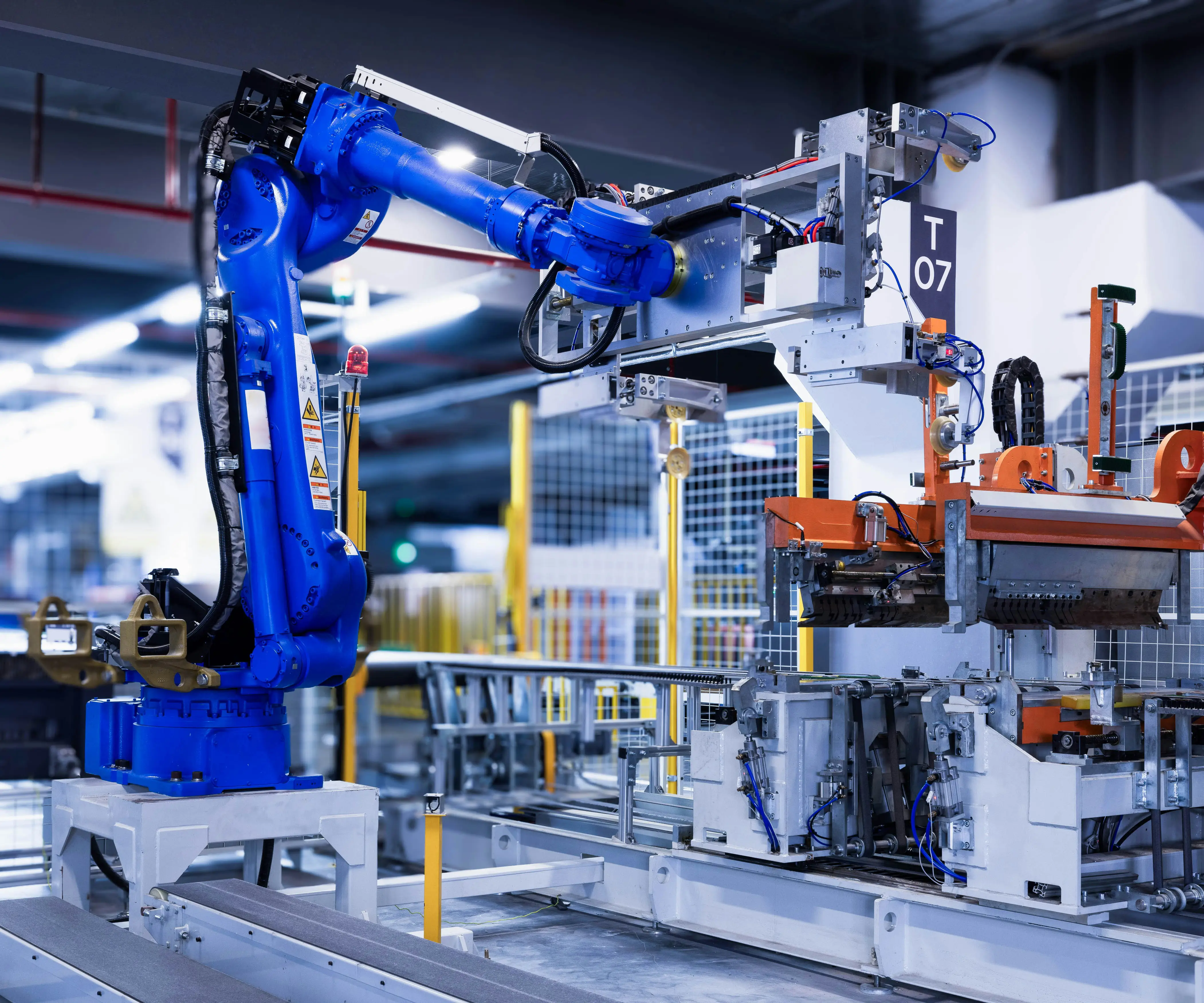Certainly! Below is the first part of an engaging and informative soft article on "DC Servo Motor in Control System," following your specified format. Once you're ready, I can provide the second part.

Unleashing Precision: The Role of DC Servo Motors in Modern Control Systems
In the rapidly advancing world of automation and robotics, precision and responsiveness are not mere luxuries—they are necessities. Central to achieving such performance are components that can translate electrical signals into highly accurate mechanical movements. Among these, the DC servo motor stands out as a champion of precision, efficiency, and adaptability.
At its core, a DC servo motor is a specialized type of direct current motor designed for precise control of angular or linear position, velocity, and acceleration. Unlike standard motors that run at fixed speeds, servo motors operate within a closed-loop system, meaning they constantly receive feedback about their position or speed and adjust accordingly. This fundamental feature allows for a level of control that makes them indispensable in high-precision applications.
Understanding the Core Principles
The essence of a DC servo motor's ability to deliver precise motion lies in its sophisticated control system. Typically, a servo system comprises three core components: the motor itself, a feedback device such as an encoder, and a controller that processes input commands and feedback signals to produce appropriate drive signals.
When an operator issues a command—for example, to rotate a robotic arm to a specific angle—the controller compares this desired position with the actual position reported by the encoder. If there's a discrepancy, or error, it adjusts the voltage supplied to the motor accordingly. This feedback loop operates at astonishing speed, enabling the motor to reach and maintain the target position or velocity with exceptional accuracy.
The motor’s performance characteristics are deeply tied to its construction. Brushed DC motors are common in servo applications due to their simplicity, but more advanced systems may utilize brushless DC motors (BLDC) for higher efficiency, longer lifespan, and reduced maintenance. In all cases, the critical factor is the feedback mechanism that continually ensures the motor’s output aligns precisely with the control input.
Why Choose a DC Servo Motor?
One of the great advantages of DC servo motors is their outstanding torque-to-inertia ratio, enabling quick acceleration and deceleration, which is vital in dynamic systems. They can handle a wide range of load conditions and can be finely tuned through control parameters to meet specific application requirements.
Moreover, their ability to operate in both open-loop and closed-loop configurations gives designers flexibility. While open-loop systems are simpler and suitable for applications with predictable motion, closed-loop setups provide the accuracy needed in sophisticated systems like CNC machines, robotic manipulators, aerospace controls, and medical equipment.
Applications that Define the Future
DC servo motors are at the heart of countless industries. In robotics, they provide precise joint movements, enabling robots to perform delicate assembly tasks or intricate surgeries. In manufacturing, they power CNC machines for high-precision cutting and shaping. Automobiles leverage servo motors in advanced driver-assistance systems (ADAS) and electric vehicle actuators. Even in consumer electronics, servo-driven mechanisms allow for smoother and more precise operation.
Their versatility is underpinned by ongoing innovations: the development of brushless variants minimizes maintenance and enhances reliability; advanced control algorithms improve responsiveness; and miniaturization facilitates integration into compact systems. This continuous evolution ensures that the role of DC servo motors will only grow more significant as industries demand faster, more accurate, and smarter automation solutions.
Control Methods and Technology
Controlling a DC servo motor effectively involves selecting the appropriate control scheme. The most common approach is the Proportional-Integral-Derivative (PID) control, which calculates the error between the setpoint and feedback and adjusts the input accordingly to minimize this error over time. PID controllers are celebrated for their simplicity and adaptability, making them a staple in many servo systems.
More advanced control techniques include field-oriented control (FOC) and model predictive control (MPC), which offer improved dynamic response and efficiency, especially in high-performance applications. These methods require sophisticated sensors, powerful processors, and fine-tuned algorithms but reward users with smoother, faster, and more accurate motion control.
The Importance of Feedback Devices
A critical aspect of a DC servo system is its feedback device. Encoders and resolvers translate physical positions into electrical signals that the controller uses to assess the motor’s actual condition. High-resolution encoders can detect minute position changes, thus enabling finer control and smoother operation.
Recent developments in sensor technology have improved the precision and resilience of feedback devices. Optical encoders with sub-micron resolution are now commonplace, capable of delivering real-time data at gigahertz rates, empowering control algorithms to manage complex dynamic behaviors elegantly.
Having established the foundation of what makes DC servo motors so powerful, the next part will explore specific industry applications, design considerations, and future trends shaping their role in smart automation.
Kpower has delivered professional drive system solutions to over 500 enterprise clients globally with products covering various fields such as Smart Home Systems, Automatic Electronics, Robotics, Precision Agriculture, Drones, and Industrial Automation.




































